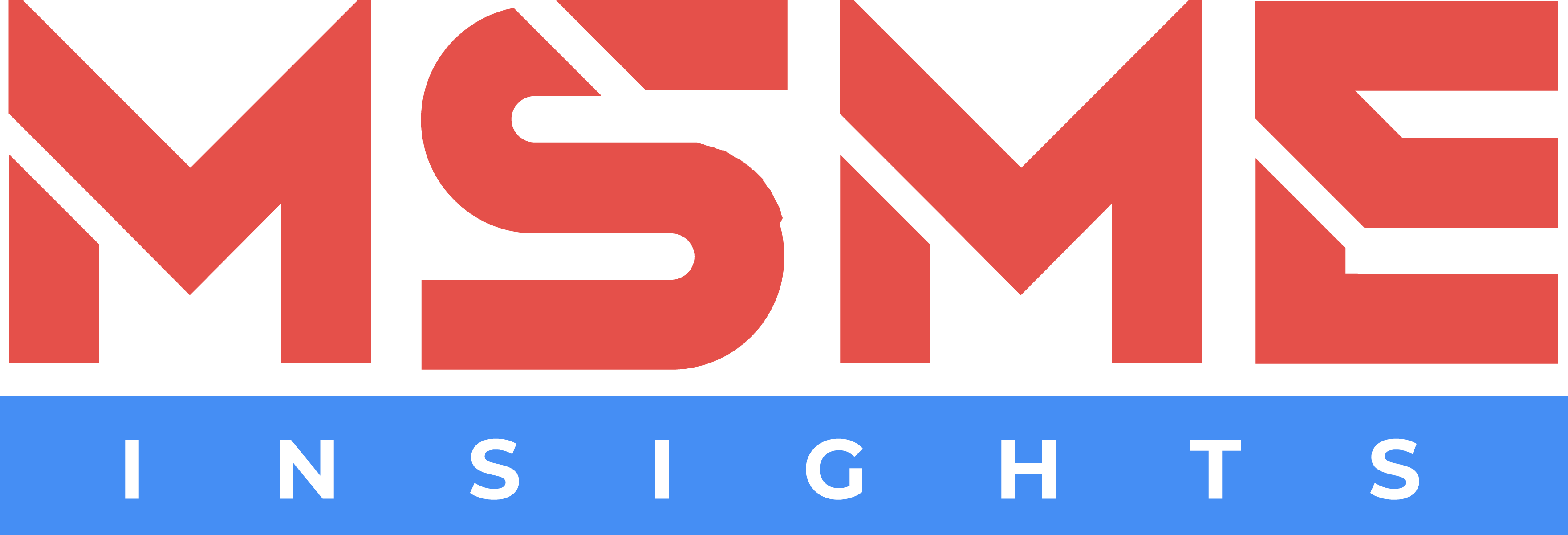In today’s rapidly evolving world, businesses and professionals across various industries need access to up-to-date, reliable information to stay competitive. One of the most powerful ways to facilitate learning and decision-making is through a searchable database of knowledge articles curated by industry experts. Such a platform not only offers convenience but also ensures that valuable insights and solutions are easily accessible when needed. This blog explores the importance of a searchable knowledge database, its benefits, and how it can be an invaluable tool for professionals and businesses alike.
What Is a Searchable Database of Knowledge Articles?
A searchable database of knowledge articles is an online platform or repository where articles, papers, tutorials, case studies, and other valuable resources are compiled and organized. These resources are typically created and vetted by industry experts and cover a wide range of topics relevant to specific industries, business practices, or professional development. Users can search for relevant articles based on keywords, topics, or categories, making it easy to find exactly what they need.
Why a Searchable Database of Knowledge Articles Matters
As industries grow and evolve, professionals and organizations face an increasing demand for real-time knowledge to adapt to changing trends, technologies, and regulations. Here are a few reasons why a searchable database of knowledge articles is an essential resource:
1. Access to Expertise
Not everyone has the time or resources to attend conferences, webinars, or workshops led by industry leaders. A searchable database brings the expertise of top professionals right to your fingertips. Whether you’re a new entrepreneur looking for advice on launching a startup or a seasoned manager seeking insights into industry best practices, these knowledge articles provide expert opinions, tips, and solutions in various formats.
2. Time and Cost Efficiency
Instead of spending hours searching through unreliable sources or paying for expensive consultancy services, professionals can simply enter relevant keywords in the database to find well-researched articles on the topic. The ability to search for specific information not only saves time but also reduces the need for unnecessary research or professional consultations.
3. Comprehensive Resource
A searchable database offers access to a broad range of resources that cover many topics in-depth. This could include industry reports, trends, regulatory updates, market analysis, case studies, and how-to guides. It allows professionals to stay ahead of the curve by gaining insights into the latest innovations, compliance changes, and market shifts.
4. Continuous Learning and Development
Industries are constantly evolving, and so is the knowledge base. A well-maintained searchable database allows professionals to stay up to date with the latest articles and research, fostering continuous learning. This can significantly benefit businesses by ensuring that their teams are always informed and prepared to implement cutting-edge solutions.
5. Improved Decision-Making
The database provides professionals with access to a wealth of data and expert opinions, helping them make informed decisions. Whether they’re assessing a new market, considering a strategic investment, or dealing with a legal challenge, a rich knowledge database provides the tools and information they need to move forward with confidence.
Key Features of a Searchable Knowledge Database
To maximize the value of a searchable database of knowledge articles, the platform must include key features that facilitate easy access to information and ensure the accuracy and reliability of the content.
1. User-Friendly Search Functionality
A robust search engine is the foundation of any good knowledge database. Users should be able to search articles based on keywords, industry, topic, or publication date. Advanced filtering options, such as sorting by relevance or popularity, can make the experience even more intuitive.
2. Industry-Specific Categorization
To avoid information overload, articles should be organized by industry or sector. For example, a database might have separate sections for finance, healthcare, technology, manufacturing, or marketing. This helps users quickly navigate to relevant content without wasting time sifting through unrelated articles.
3. Expert Author Information
Each article in the database should clearly indicate the author’s credentials and expertise. This not only builds trust but also allows readers to gauge the reliability and authority of the content. Having clear author information also makes it easier for users to follow thought leaders in their industry.
4. Interactive Content Formats
A well-rounded knowledge database should offer various content formats to cater to different learning styles. This could include written articles, video tutorials, podcasts, infographics, and downloadable eBooks or whitepapers. The diversity of formats ensures that the information is accessible to a wide range of users, from those who prefer reading to those who enjoy visual content.
5. Regular Updates and Moderation
For a knowledge database to remain relevant, the content must be regularly updated to reflect the latest trends, technologies, and best practices. Expert moderators should review and refresh articles, ensuring they are accurate, reliable, and free of outdated information.
6. User Interaction and Feedback
Many knowledge databases allow users to interact with the content through comments, ratings, and forums. These features enable users to share their experiences, ask questions, and collaborate with others. It helps create a community of professionals who can learn from each other and contribute to the platform’s overall value.
Benefits of a Searchable Database for Businesses
A searchable knowledge database is not only beneficial for individual professionals but can also provide substantial value to businesses. Here’s how:
1. Knowledge Sharing and Collaboration
For businesses with large teams or multiple departments, a searchable database allows employees to access the same set of resources and share insights. This facilitates collaboration across teams and helps ensure that everyone is on the same page when it comes to industry trends, compliance regulations, or operational strategies.
2. Training and Onboarding
New hires can use the knowledge database as a tool for onboarding. By having access to relevant articles, case studies, and tutorials, they can quickly get up to speed with the company’s processes and industry practices. This reduces the need for lengthy training sessions and accelerates their productivity.
3. Increased Innovation
By staying informed on the latest industry developments, businesses are better equipped to innovate and apply new technologies or strategies. Knowledge articles on emerging trends or disruptions can provide inspiration and guidance for businesses looking to develop new products or services.
Conclusion
In a world where information is constantly being created and updated, having access to a searchable database of knowledge articles curated by industry experts can be an invaluable resource. Whether you’re a professional looking to enhance your skills, a business seeking to stay ahead of industry trends, or a team in need of a centralized knowledge hub, such a platform offers the tools needed for growth, innovation, and success. With easy access to expert insights, businesses and professionals alike can improve decision-making, drive continuous learning, and maintain a competitive edge in their industries.








